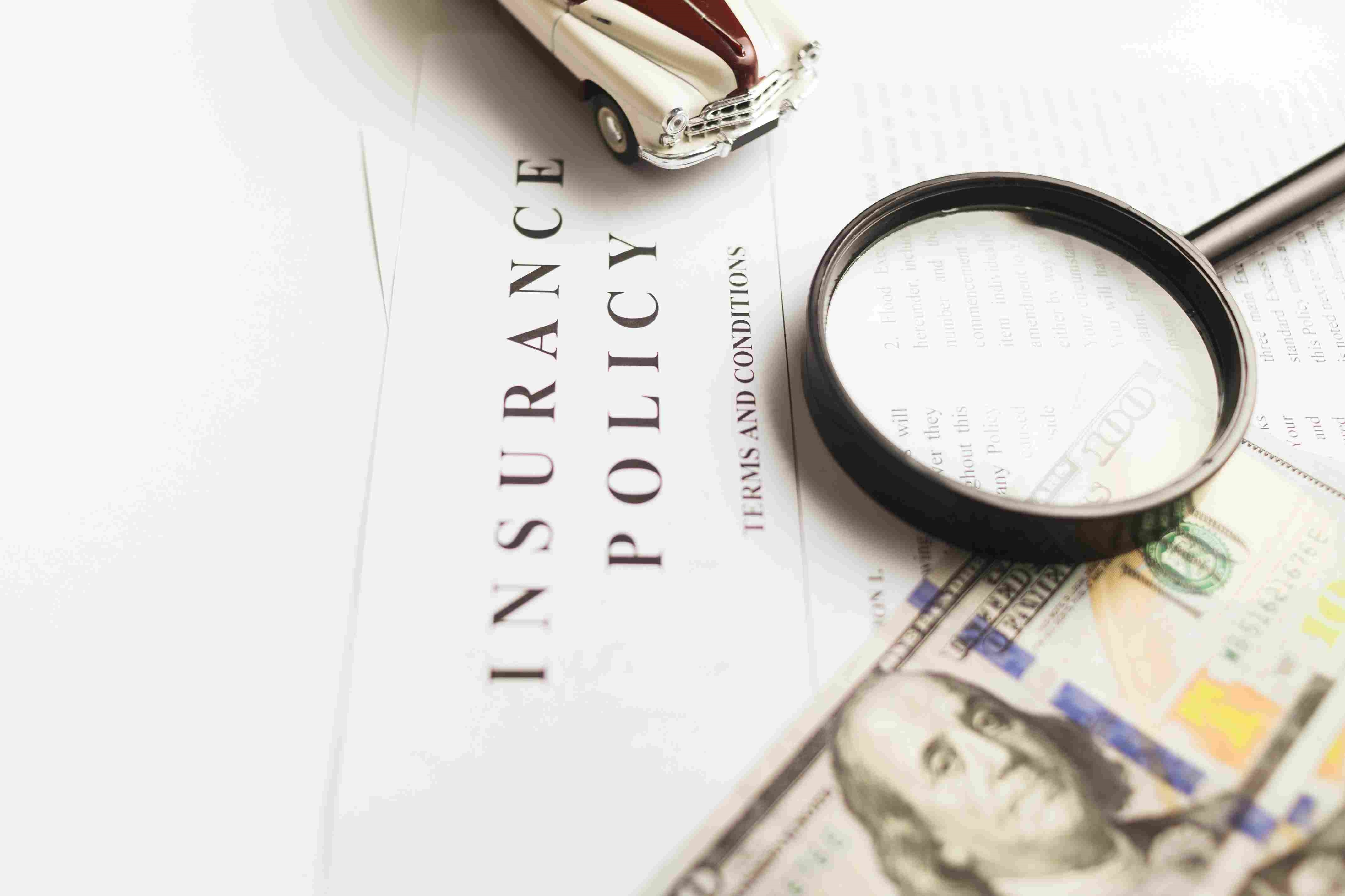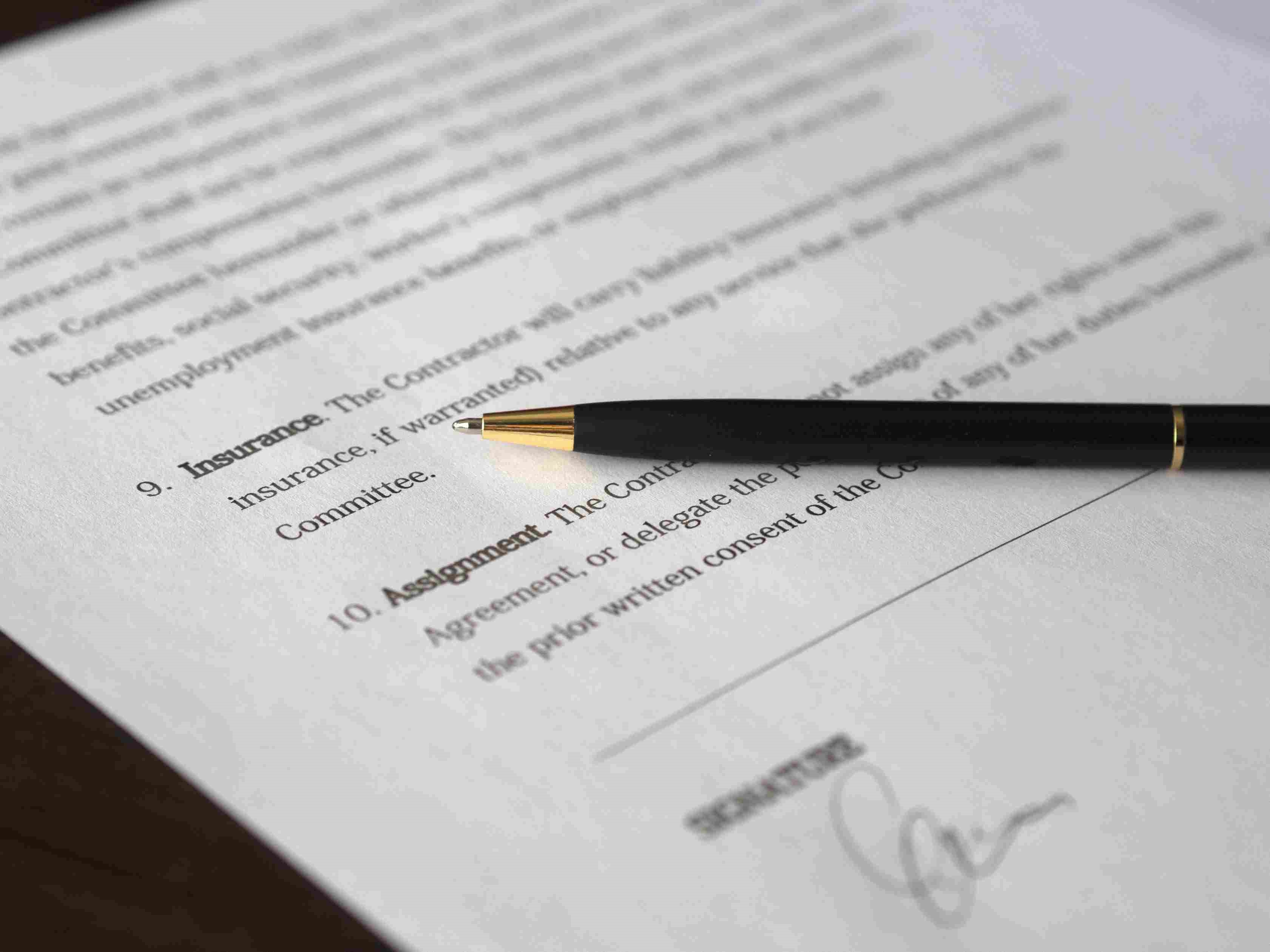First-Time Buyer: What Type Of Insurance Should I Get?
Car insurance is one thing you can’t do without. But insurers offer so many different types of insurance that you might find yourself a little lost. Especially as a first-time buyer! Don’t worry; we’re here to help you figure things out.
Key Takeaways
- There are five main types of car insurance, but there are also more options for extra peace of mind.
- You’ll need to get all of the insurance that’s legally required. If you’re leasing or financing, your lender may also require certain types of insurance.
- You’ll typically want to get more liability insurance than most states require, since requirements are often the bare minimum.

What are the types of car insurance?

You can choose from a wide variety of coverage, but there are five main types of insurance: liability, collision, comprehensive, uninsured/underinsured, and medical. You’ll need to check your state requirements to see which types of insurance you’re legally required to have.
Liability Insurance
When you’re at fault in an accident, liability insurance covers the costs of the other parties’ medical bills and damages. Other parties include anyone who was involved in the crash, such as pedestrians or the drivers and passengers in other vehicles. Most states require liability insurance.
Collision Insurance
This insurance may be required when you’re leasing or financing a vehicle. It covers damages to the vehicle caused during an accident.
Comprehensive Insurance
If you’re leasing or financing a vehicle, this coverage is often required. It covers damages to your vehicle caused by something other than a crash, such as weather or fire damage, vandalism, or theft.
Uninsured and Underinsured Motorist Coverage
Depending on what state you’re in, this insurance is often a legal requirement. If the driver at fault has no insurance or insufficient insurance, this coverage pays your and your passenger’s medical bills. It also covers property damage.
Medical Coverage
This insurance pays your medical bills, no matter who is at fault. It’s not required, and you may find that it’s not necessary if you have great health insurance!
Personal Injury Protection
Also known as PIP or no-fault insurance, this coverage is required in no-fault states. If you’re injured in a crash, it covers medical bills and lost wages, no matter who was at fault.
GAP Insurance
GAP insurance, or guaranteed asset protection insurance, steps in after you total your car. It pays the difference between what your car is worth and the balance on your loan. For example, if your insurance determines your totaled car is worth a $10,000 payout, but you still owe your lender $15,000, GAP insurance can cover that extra $5,000.
Additional Coverage
There are still more types of insurance you can add. For example, forgiveness coverage can protect you from an insurance hike if you’re found to be at fault in an accident. Glass coverage will help you cover the cost of a cracked window. Choose the extra coverage plans that suit your needs.
Which types of car insurance are legally required?
No matter what, you need to purchase the minimum insurance requirements in your state. It’s illegal to drive without them. If you’re leasing or financing your car, you may find that your lender also has insurance requirements you need to follow.

How much car insurance is enough?
Typically, state requirements are just the bare minimum of what you should have. For example, in North Carolina, the amount of liability insurance you need is $30,000 in bodily injury per person, $60,000 in total bodily injury per accident, and $25,000 for property damage (also written as $30,000/$60,000/$25,000).
However, injuries and property damage often cost a lot more than your state’s minimal coverage. Therefore, it’s recommended that you get more liability coverage. A good amount would be somewhere around $50,000/$100,000/$50,000.
